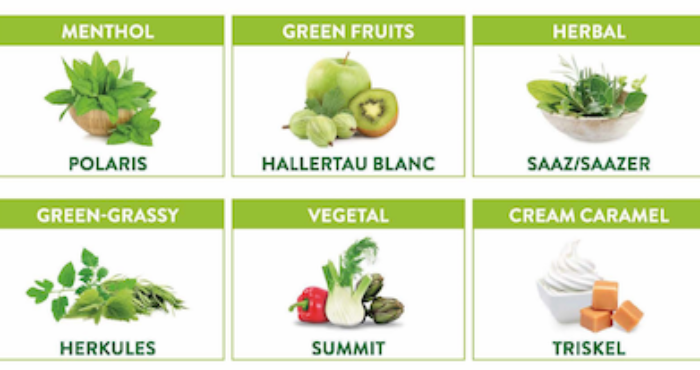The Complexity of Hop Aroma
If you’re searching for a research topic that can keep you busy for an entire career, consider investigating hop aroma.

If you’re searching for a research topic that can keep you busy for an entire career, consider investigating hop aroma. Back in 1994, Morten Meilgaard, a pioneer in beer flavor descriptions, was quoted saying “…noble hop aroma is still a quality which is hard to comprehend. Despite 40 years of research, we still don’t know which compounds are responsible.” Certainly, much has been learned in the years since that quote, but the scope and relevance of hop aroma has expanded considerably. There’s an attempt to correlate instrumental analyses of hop aroma with sensory, but the chemical interactions as well as the physiology of aroma are so complex that we’re still a long way from expanding beyond what is now the most effective, and principally the simplest method…our noses. But the simplicity is only in the ease of utilizing the fleshy aroma detector we all possess. Sensory itself, and the training, identification and language used is complicated. At Barth-Haas, we have taken significant strides in moving the hops and brewing worlds beyond the basic hop descriptors such as floral, herbal, spicy, fruity and citrus. We delved deeply into the weeds, so to speak, in expanding the language of hops.
The topic of hop aroma has many aspects, some of which will be further discussed in upcoming posts, but initially I’d like to share a recent article written by Dr. Christina Schoenberger from Barth Innovations in Germany, one of our Barth-Haas sister companies. It speaks of our efforts in expanding the sensory descriptions of hop aroma, and the specific aspects of panel training involved.
“Do You Just Smell Things – Or Are You “Hopsessed”? – view the full article here.



